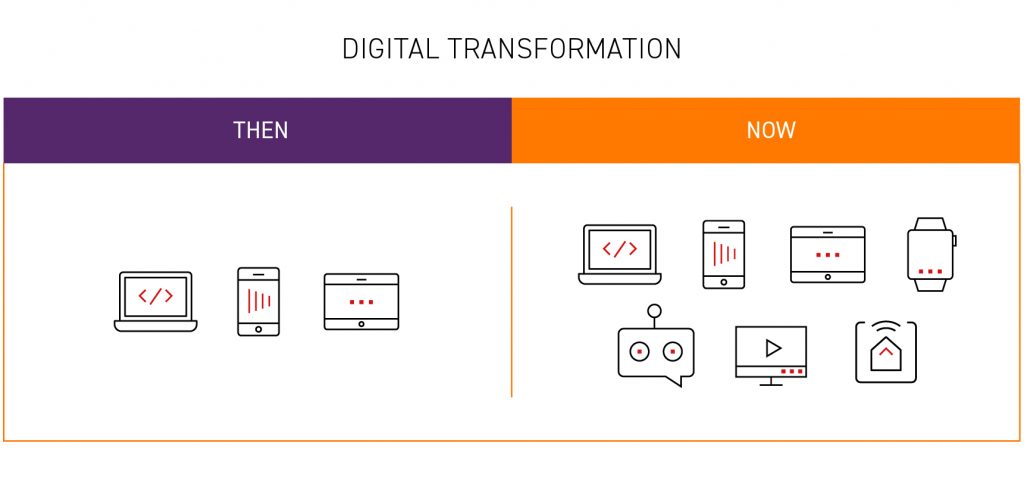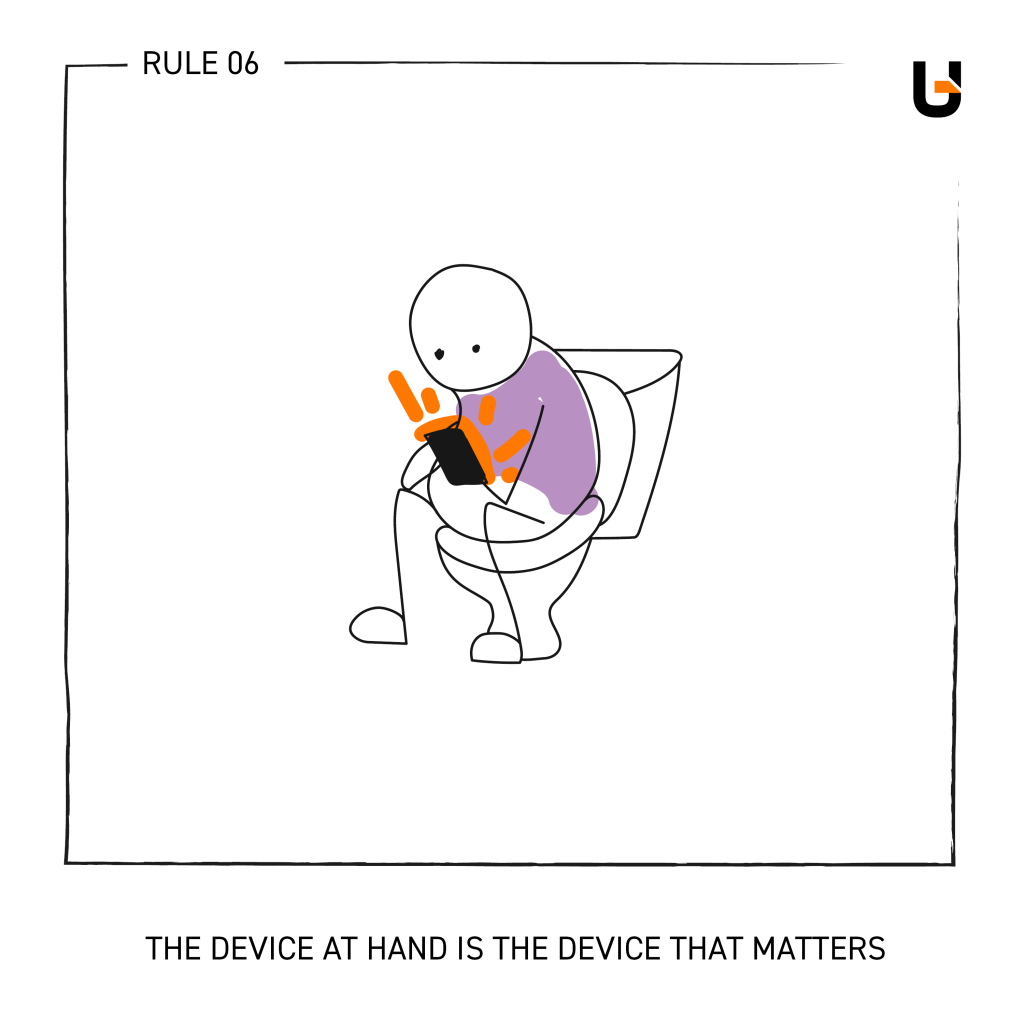The State of Omnichannel in 2023
How many channels must a customer walk down before you can call him a customer? With apologies to Bob Dylan, we still think it’s a valid question.
Omnichannel is arguably one of the most used buzzwords. The number of channels has exploded in the last few years. Yet, while every business has, at some point, described themselves as omnichannel, but few admit to being “almost omnichannel”. Which leads to some obvious but interesting questions.
- How many channels are there?
- Can a business actually be on all of them?
- …And do you need to?
- Which channels should be your priority?
- What other supercool made-up words can you use to impress your executives? 😉
(We’re very glad you asked that last one)
What Does Omnichannel Mean?
The most literal definition of omnichannel is “all the channels” but in businesses such as retail, it refers to the act of being on all relevant channels to the intended customer with some basic level of interconnectivity. For example, retailers can connect in-store purchases to online sales through a shared customer account.
By being everywhere, businesses aim to make it as efficient as possible for shoppers to interact with the business and its products. What’s more, with enough integrated consistency across channels, the customer is able to access the brand as a whole.
Omnichannel vs Multichannel
This should not be confused with multichannel, which simply focuses on being on those channels, even if they exist as entirely separate silos. Multichannel is very much the predecessor to omnichannel, and almost completely irrelevant in today’s competitive markets.
Omnichannel in 2023: Does it Still Apply?
One of the biggest problems is that companies with physical stores, a website and a mobile app often claim to be omnichannel. Of course, today’s buyer has many more channels at their disposal, so this is multi-channel at best.
And yet – money is not unlimited, development takes time and we have to prioritize any new channels against their return on investment.

The problem is further complicated when every channel is judged independently. Multichannel customers spend around 4% more in store – and 10% more online – than single-channel shoppers. This same data also states that 4 or more channels (and bear in mind we just described the “main three”) spend 9% more in store.
This information is nothing new either. Google states that omnichannel strategies increase incremental store visits by 80%. Even after the pandemic, many sectors found physical outlets were essential side-by-side channels to online sales. Industries like fashion and supermarkets found that, while dark stores and online sales gained traction, their physical premises still had a strong enough following to sustain themselves as viable business channels.
Alternative Omnichannel Philosophies
Omnichannel is a buzzword like any other – its goal is to point out something obvious and make sure that it’s implemented as a key strategic decision. But since businesses are still confusing multichannel and omnichannel, we wanted to highlight a few other key buzzwords that might just be worth looking into 😉
Multiexperience is a more refined view of omnichannel, that focuses on providing the best experience on each channel rather than just simply ‘being there’. It’s creators (Buzzers?) at Gartner view it as the next direct step for omnichannel.
Total Experience is, likewise, a further evolution of the same concept It states that businesses serve customers the best when the employee experience (EX) is catered for alongside customer experience (CS), user experience (UX) and the aforementioned multiexperience (MX). Keep this one in mind when it comes to customer service and the ability for your backoffice employees to match the quality demonstrated on public-facing frontside.
Both options are still inherently omnichannel – they just take the likes of customer service, employee tools and channel-specific experiences into full account.
Omnichannel / Sales vs Marketing vs Customer Care
Another aspect to consider is that most immediate omnichannel strategies invest in ways for the user to buy, but not on general customer acquisition or retention. Therefore, to be truly omnichannel, we should consider the wider scope:
- Omnichannel sales are well… the main meat of any commercial business. This is the part everyone considers first. How many different ways can we encourage sales?
- Omnichannel marketing is certainly growing in usage and it’s no wonder. Marketing campaigns on three or more channels generated a 287% higher rate of purchasing than those using singular channels.
- Omnichannel customer service is, however, the most unexplored territory. Need to complain, handle a return or ask questions? You’ll find most businesses still limit you to calling or visiting in-store. If you’re lucky, they will have web chat functionality, but it’s often somewhat limited. And yet research shows that omnichannel customer experiences improve annual customer retention rates by 91%, alongside increased lifetime values by 3.4%.

So, Which Channels Matter?
We’ve talked about the “omni”, so let’s talk about the “channel”.
This list is not exhaustive, as channels rise and fall in popularity on an incredibly fast basis. By the time you figure it out, it’s probably changed. Instead, we’re focusing on what we consider the core critical channels for pretty much any B2C business these days.
Our logic here is based around one key principle: it’s the user that determines channel relevancy, not your business. Sorry if we’re the first people to tell you that 😉

In Store
Retail stores have been “dead” on the market for years now, and yet they’re still here. Even the pandemic couldn’t complete shutdown brick and mortar stores, with US businesses experienced a 208% increase in pickup orders – even when delivery was an option.
Some businesses may find their stores can act like a parcel locker, except able to store bigger goods (we love InPost, but good luck trying to fit a TV in there!), complete with customer service, an easier return service and, perhaps most noteworthy – the chance to upsell. In this model, physical premises can support online sales while providing all the beneficial customer experience of in-person interactions.
Web
Online sales have been on the rise for a long time, and current projects expect this to continue. Needless to say – but hey! We’re saying it anyway 😉 – an online presence is absolutely essential.
Of course, a website is only good if people know how to look for it. More than just an investment in development, self-hosted websites are an investment in marketing, advertising and general awareness building. Sure, much of this can be co-opted with advertising for physical stores, but it bears repeating: nobody will find your website unless you invest in getting it noticed.
Mobile
Mobile, as always, will play an important role both as a solo-channel and as part of the wider omnichannel approach. Today’s smartphone can be used to:
- Visit a website before an in-store visit
- Using the app
- Using loyalty cards or other rewards from said app
- Scan interactive elements, such as QR codes, within a store
- Buy online for pickup
- Access marketplaces and q-commerce solutions
If users buy regularly, a custom app can help them make repeat orders with ease – whether for delivery or pick-up at a store, as described above – and even earn rewards. For others, a PWA of your website can suffice for ease of use and greater accessibility. In any case, apps play a key role in experience-driven commerce personalization by acting as the hub for rewards and loyalty programs across channels.
But just having a website accessible only via a mobile browser is arguably not competitive enough for today’s market. User experience is a critical factor in customer retention, and a bad mobile experience is a sure way to kill your own progress.
Likewise, many use their smartphones to browse, even if they then make an in-store purchase. As a result, the data might not suggest that mobile channels drive sales directly, but their indirect influence can’t be overstated.
Marketplaces
A dedicated e-commerce store is great if customers know your brand, or you’ve invested considerable resources into marketing and brand awareness. But, what if you’re a fledging company, or you’re simply trying to bring your products to the market – rather than the other way around?
In fact, for companies trying to go Direct-to-Consumer, marketplaces can often be one of the easiest and most efficient channels. The infrastructure is mostly set-up already so, rather than diving straight into your own platform, you need only integrate with your own warehouse, production and ordering systems.
This will give you an immediate foot in the market, alongside the means to test your brand presence and response to your products. Hopefully, this then gives you more data and feedback with which to build your own platform with 😉
Alongside apps, there’s also the topic of 3rd party delivery services which do fit the description of a channel. Yet your competitors are there too, so in many ways they act as a marketplace of their own, built around the growing q-commerce demand.
Social Media
Social media is a powerful channel for marketing and automation. People from around the world use Facebook, Twitter, Pinterest, Instagram and yes… even TikTok. Whether you do it organically, through paid promotion or through influencers (more on that in a bit), social media platforms are truly diverse in their outreach.
The one big drawback for social media is that it’s not a commercial platform per se. It’s a channel for building brand awareness and eventually driving sales on your website, app or marketplace, so it can’t ever be a standalone option. The other thing to consider is that it’s an active channel – you need regular activity to stay relevant.
Partnerships
Why not let other people help you in your quest for better sales? Similar to marketplaces, working with influencers, consultants or even complimentary businesses give you access to a broader audience without the need for establishing an entirely new platform. Like social media, they direct traffic to your existing website.
The big risks here, however, lie in the lack of control for your brand. You can’t fully predict how your partners represent you, so choose them wisely. Also, don’t forget that partnerships need to be profitable for both sides, and that extra “cost” for the partner (whether upfront or through commission) will impact your final cut.
Where to Start?
Ultimately, companies have two options: to expand into new channels and/or improve the existing ones. And while Omnichannel encourages companies to scale out, multiexperience and total experience philosophies teach that newer channels aren’t always useful if they’re not optimized to the right standard.
Don’t worry! This is not a sales pitch to “check out our consulting and auditing services” but rather that a little research can go a long way. Check the competition, as well as your industry in general, and fill in the missing channels. Then, work on either improving your most vital channels to be more effective or consider scaling out to manoeuvre around other businesses.

Just remember that no channel is a silo onto itself. Today’s customer is not one dimensional, so better integration and connectivity across all these services will help customers focus on the bigger picture: your great products and/or services! 😉








